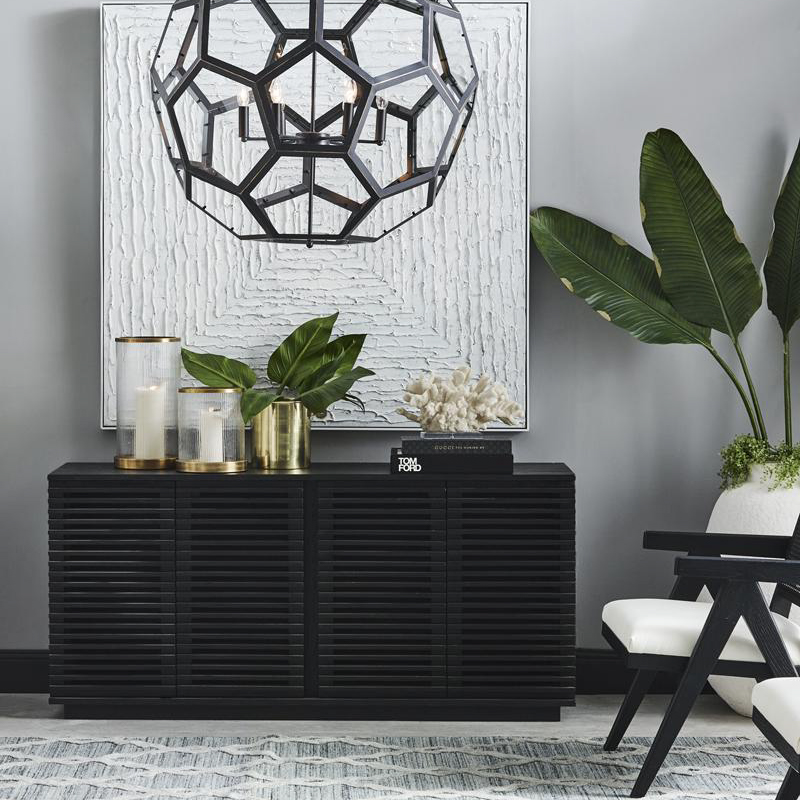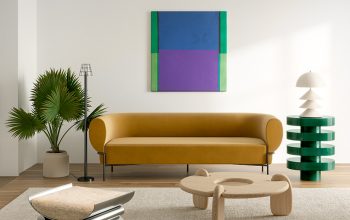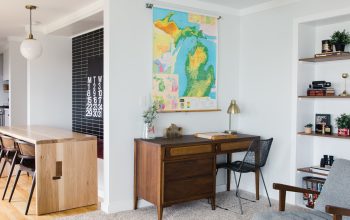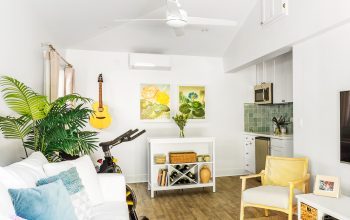Introduction
Lighting is one of the most crucial elements of interior design, elevating the aesthetics of a space and creating a mood that can have a significant impact on the inhabitants’ wellness. Layer lighting, a popular lighting method in interior design, involves creating a balance between various light sources to enhance the depth and dimension of a space. This technique has gained immense popularity due to its ability to create a harmonious environment while emphasizing the focal points of a room. Let’s dive deeper into layer lighting, its elements, and how it can be used to enhance your space.
The Elements of Layer Lighting
Layer lighting is all about creating a balance between three distinct types of lights, namely ambient, task, and accent lighting.
Ambient Lighting
Ambient lighting is the base layer of lighting in a room, providing a general, soft glow that illuminates the entire space. This type of lighting is essential to provide an overall level of illumination and create a warm, welcoming ambiance. Common examples of ambient lighting include ceiling fixtures, recessed lighting, and sconces.
Task Lighting
Task lighting is used to illuminate specific areas of a room that are intended for a particular activity, such as reading, working, or cooking. This type of lighting is typically brighter than ambient lighting and is often directional to ensure that the light source is focused on the task at hand. Table lamps, under-cabinet lighting, and desk lamps are all examples of task lighting.
Accent Lighting
Accent lighting is used to highlight specific features of a room, such as artwork, architectural elements, or plants. This type of lighting is intended to create visual interest and adds depth and dimension to the space. Spotlights, wall washers, and decorative pendant lights are all examples of accent lighting.
How to Use Layer Lighting in Your Space
Now that you’re familiar with the elements of layer lighting, it’s time to explore how you can incorporate this technique into your space.
Consider Your Space
Before you start layering lights, you need to consider the room’s purpose, the natural light the room gets, and the lighting fixtures you have available. For instance, a living room may require soft ambient lighting, with additional task lighting provided by floor lamps and accent lighting placed near art pieces or architectural features. On the other hand, a kitchen may require brighter task lighting, provided by under-cabinet lighting and recessed ceiling fixtures, with ambient lighting used to create a warm, inviting ambiance.
Layer Your Lighting
Once you have determined the type of lighting required, it’s time to layer the lighting types. Start by installing ambient lighting, such as ceiling fixtures, which will provide the primary source of lighting in the room. Next, add task lighting in areas where specific activities take place, such as a reading nook or work desk. Finally, install accent lighting to highlight specific features and add dimension to the room.
Use Dimmers
Dimmer switches allow you to adjust the brightness of your lights, providing an easy way to customize the ambiance according to your mood or activity. Dimmers are particularly useful for ambient lighting, allowing you to create a warm and welcoming environment for relaxing or a brighter, more energetic vibe for entertaining guests.




